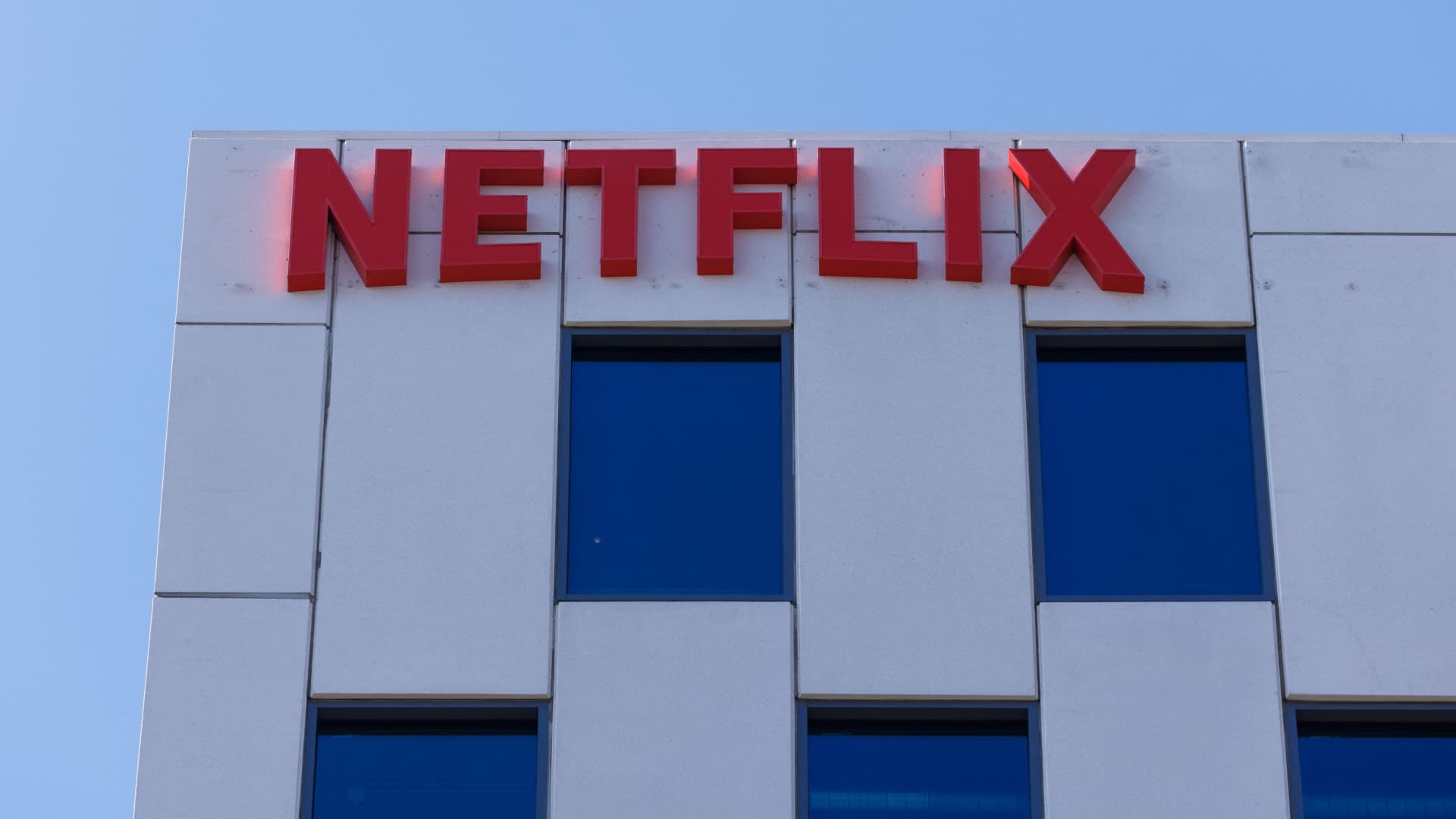New York City’s first-in-the-nation congestion pricing shelved indefinitely

Congestion Pricing Toll Readers are seen here installed on Third Ave. looking North at E. 60th St. Wednesday, Oct. 4, 2023 in Manhattan. (Photo by Barry Williams for NY Daily News via Getty Images)
Barry Williams | New York Daily News | Getty Images
The MTA is pushing “pause” on New York City’s first-in-the-nation congestion pricing plan indefinitely, according to an official briefed on the plans. The toll program, years in the making, had been set to roll out later this month.
No new start date has been set.
The official briefed on the plans says the MTA will circulate a list of projects that could be impacted without known funding. Congestion pricing was expected to be a $15 billion windfall for the cash-strapped agency, delivering capital to help pay for new trains and signals as well as other fixes to modernize the aging system.
The “indefinite pause” development came shortly after a high-level source briefed on Gov. Kathy Hochul’s thinking said she was considering delaying the launch.
The source said the idea would be to hold the toll plan until and after the courts weigh in and until and after final federal signoff. It would also allow time to gather more metrics on how the city’s commuting patterns are recovering post-pandemic and for people’s economic outlooks to improve, according to the source.
Implementing the toll now would hurt everyday people too much, the source says of the governor’s thinking. And midtown Manhattan hasn’t recovered to the point where this would be the right time for congestion pricing.
Read more from NBC New York
Asked about the decision Wednesday, Mayor Eric Adams says he’s “all for” analyzing other options if there’s a way to generate the needed capital without impinging on people’s lives.
“We have to get it right. We have to make sure it’s not an undue burden on everyday New Yorkers and we have to make sure it’s not going to impact our recovery,” Adams said. “If she’s looking at analyzing other ways we can do it, I’m all for it.”
According to Politico, the consideration is more politically driven. The website reports Democratic leaders have approached Hochul with their concerns over congestion pricing’s impact on close U.S. House races.
Hochul’s office had no immediate official comment Wednesday.
How does congestion pricing work?
Congestion pricing will impact any driver entering what is being called the Central Business District (CBD), which stretches from 60th Street in Manhattan and below, all the way down to the southern tip of the Financial District. In other words, most drivers entering midtown Manhattan or below will have to pay the toll, according to the board.
All drivers of cars, trucks, motorcycles and other vehicles would be charged the toll. Different vehicles will be charged different amounts â here’s a breakdown of the prices:
Passenger vehicles: $15
Small trucks (like box trucks, moving vans, etc.): $24
Large trucks: $36
Motorcycles: $7.50
The $15 toll is about a midway point between previously reported possibilities, which have ranged from $9 to $23.
The full, daytime rates will be in effect from 5 a.m. until 9 p.m. each weekday, and 9 a.m. until 9 p.m. on the weekends. The board called for toll rates in the off-hours (from 9 p.m.-5 a.m. on weekdays, and 9 p.m. until 9 a.m. on weekends) to be about 75% less â about $3.50 instead of $15 for a passenger vehicle.
Drivers will only be charged to enter the zone, not to leave it or stay in it. That means residents who enter the CBD and circle their block to look for parking won’t be charged.
Only one toll will be levied per day â so anyone who enters the area, then leaves and returns, will still only be charged the toll once for that day.
The review board said that implementing their congestion pricing plan is expected to reduce the number of vehicles entering the area by 17%. That would equate to 153,000 fewer cars in that large portion of Manhattan. They also predicted that the plan would generate $15 billion, a cash influx that could be used to modernize subways and buses.
Can I get a discount?
Many groups had been hoping to get exemptions, but very few will avoid having to pay the toll entirely. That small group is limited to specialized government vehicles (like snowplows) and emergency vehicles.
Low-income drivers who earn less than $50,000 a year can apply to pay half the price on the daytime toll, but only after the first 10 trips in a month.
While not an exemption, there are so-called “crossing credits” for drivers using any of the four tunnels to get into Manhattan. That means those who already pay at the Lincoln or Holland Tunnel, for example, will not pay the full congestion fee. The credit amounts to $5 per ride for passenger vehicles, $2.50 for motorcycles, $12 for small trucks and $20 for large trucks.
Drivers from Long Island and Queens using the Queens-Midtown Tunnel will get the same break, as will those using the Brooklyn-Battery Tunnel. Those who come over the George Washington Bridge and go south of 60th Street would see no such discount, however.
Public-sector employees (teachers, police, firefighters, transit workers, etc.), those who live in the so-called CBD, utility companies, those with medical appointments in the area and those who drive electric vehicles had all been hoping to get be granted an exemption. They didn’t get one.




